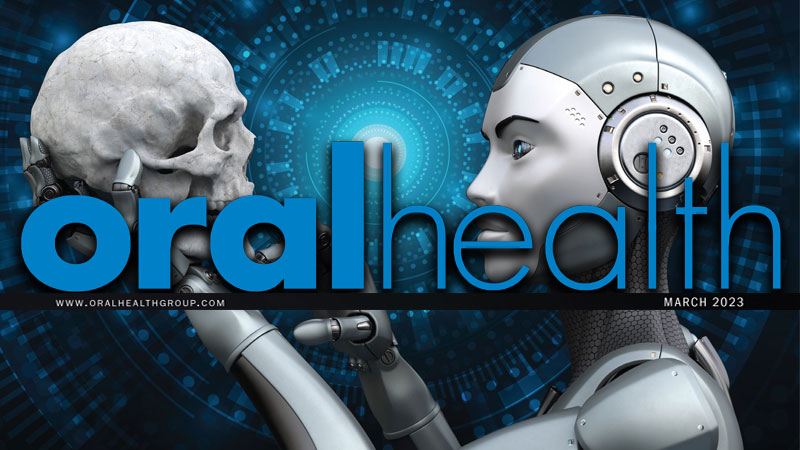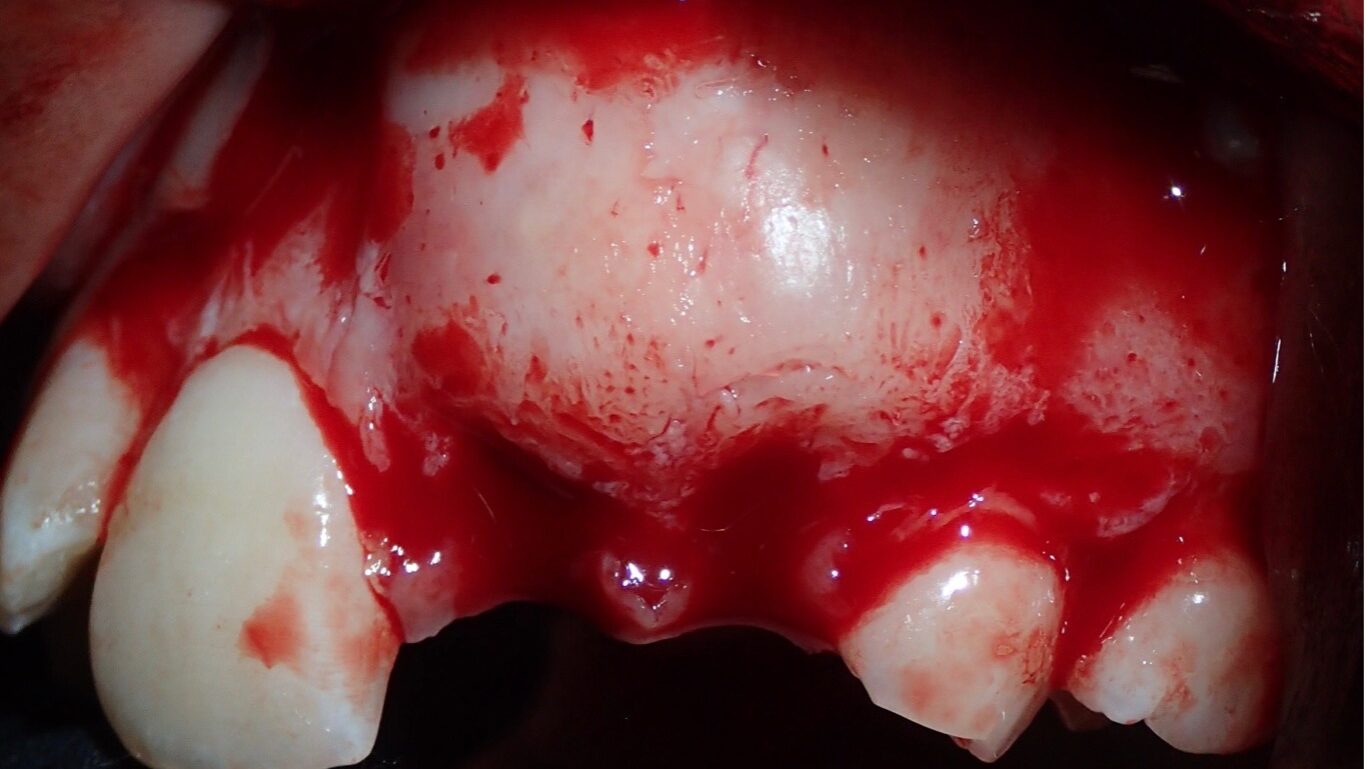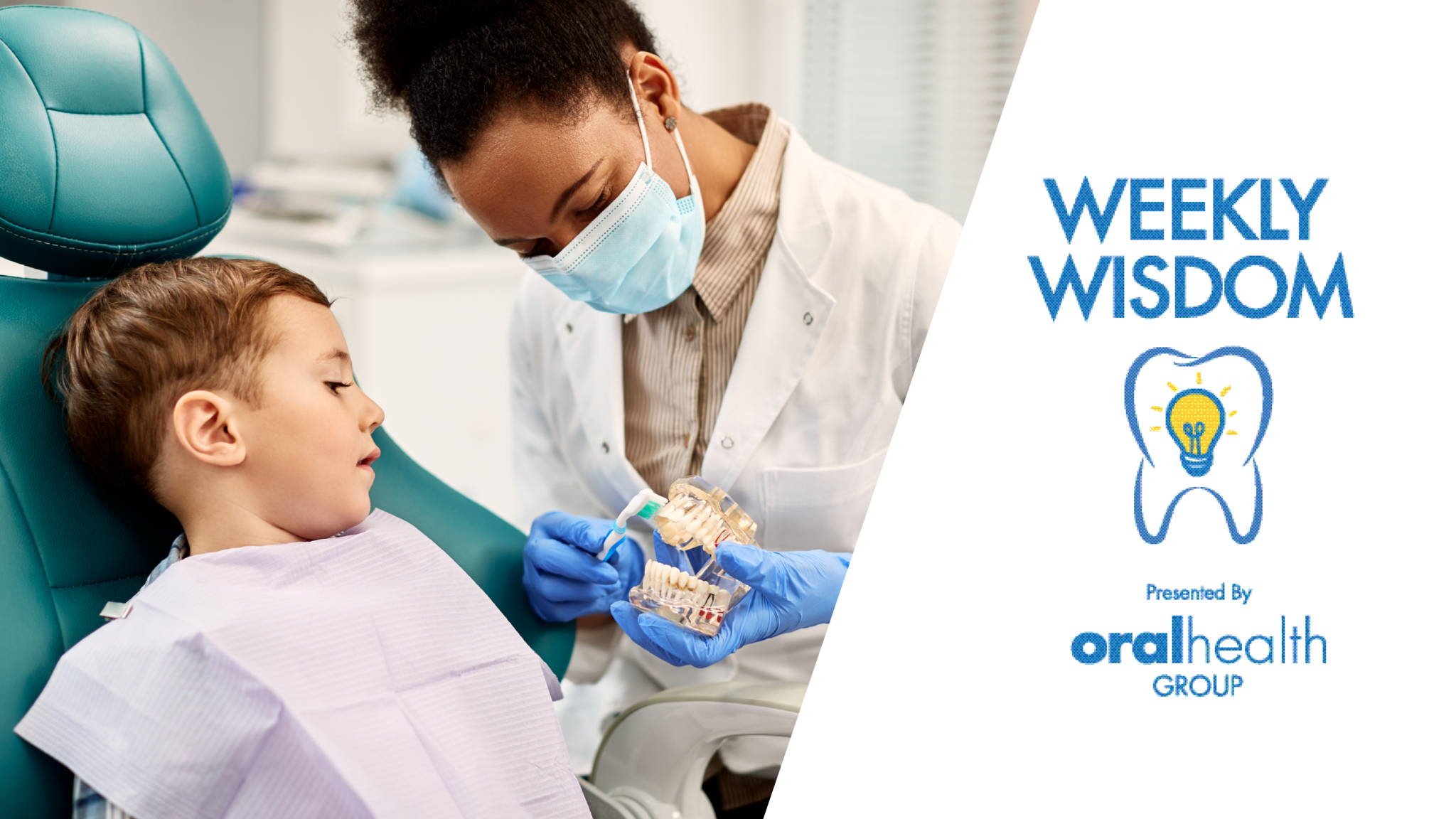
Pacifier Use as a Cause of Malocclusions: How to Stop the Habit and Treat the Consequences
·
Fillipo Cardarelli, DDS; German Ramirez-Yanez, DDS, Pedo Cert, MDSc, MSc, PhD
Abstract The use of a pacifier in newborns is a common practice. Extended use of the pacifier can cause deviation of the craniofacial growth in children, as well to create ... more




















